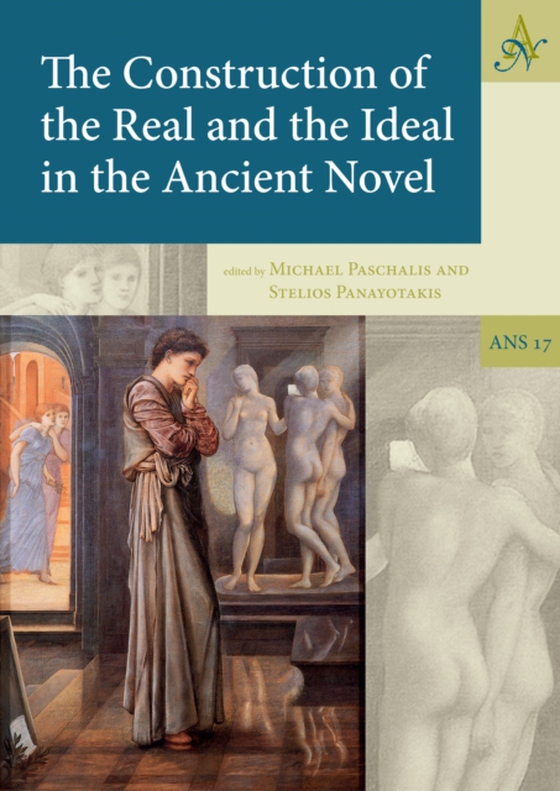
Construction of the Real and the Ideal in the Ancient Novel e-bog
343,95 DKK
(inkl. moms 429,94 DKK)
The present volume comprises thirteen of the papers delivered at RICAN 5, which was held in Rethymnon, Crete, on May 25-26,2009. The theme of the volume, ' The Construction of the Real and the Ideal in the Ancient Novel,' allows the contributors the freedom to use their skills to examine the real and the ideal either individually or in conjunction or in interaction. The papers offer a wide an...
E-bog
343,95 DKK
Forlag
Barkhuis
Udgivet
31 august 2013
Længde
312 sider
Genrer
Literary studies: ancient, classical and medieval
Sprog
English
Format
pdf
Beskyttelse
LCP
ISBN
9789491431531
The present volume comprises thirteen of the papers delivered at RICAN 5, which was held in Rethymnon, Crete, on May 25-26,2009. The theme of the volume, ' The Construction of the Real and the Ideal in the Ancient Novel,' allows the contributors the freedom to use their skills to examine the real and the ideal either individually or in conjunction or in interaction. The papers offer a wide and rich range of perspectives: a political reading of prose fiction in Late Period Egypt (Selden); the presence of robbers and murderers in ideal fiction (Dowden); the interaction between illusion and reality in novelistic ekphrasis (Zeitlin); divine loves as real precedents for human loves (Rosati); comical elements in Heliodorus' Aethiopika (Doody);myths as paradigms for the inexperienced lovers in the Greek novels (Létoublon); moral ideas in the Odyssey and the Greek novels in relation to moralizing interpretations of Homer (Montiglio); the reality of the basic plot of Callirhoe in the light of historical events and Aristotle's Poetics (Paschalis); the interaction between fictionality and reality in Daphnis and Chloe (Bowie); entrapment and insu fficient understanding of reality in the Satyrica (Labate); fantasy, physical and ideal landscapes in Apuleius' Metamorphoses (König); bridging the gap between Photis (real) and Isis (ideal) in Apuleius (Carver); the gendered aesthetics of the Greek novels viewed through the lens of the mimetic theory of Dionysius of Halicarnassus (Whitmarsh).
 Dansk
Dansk

